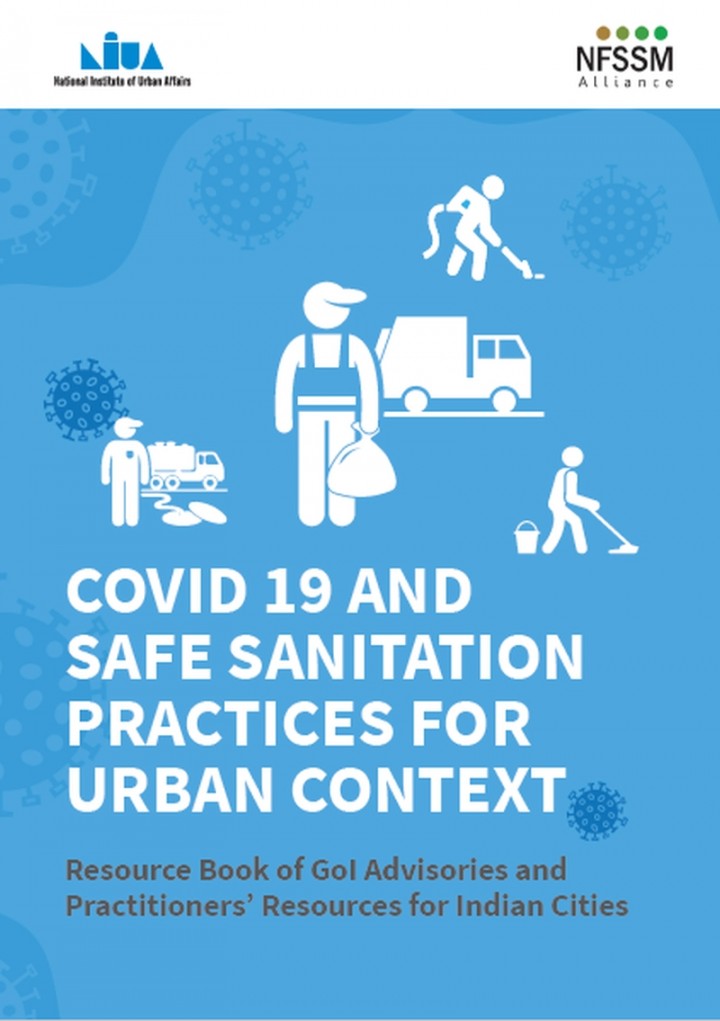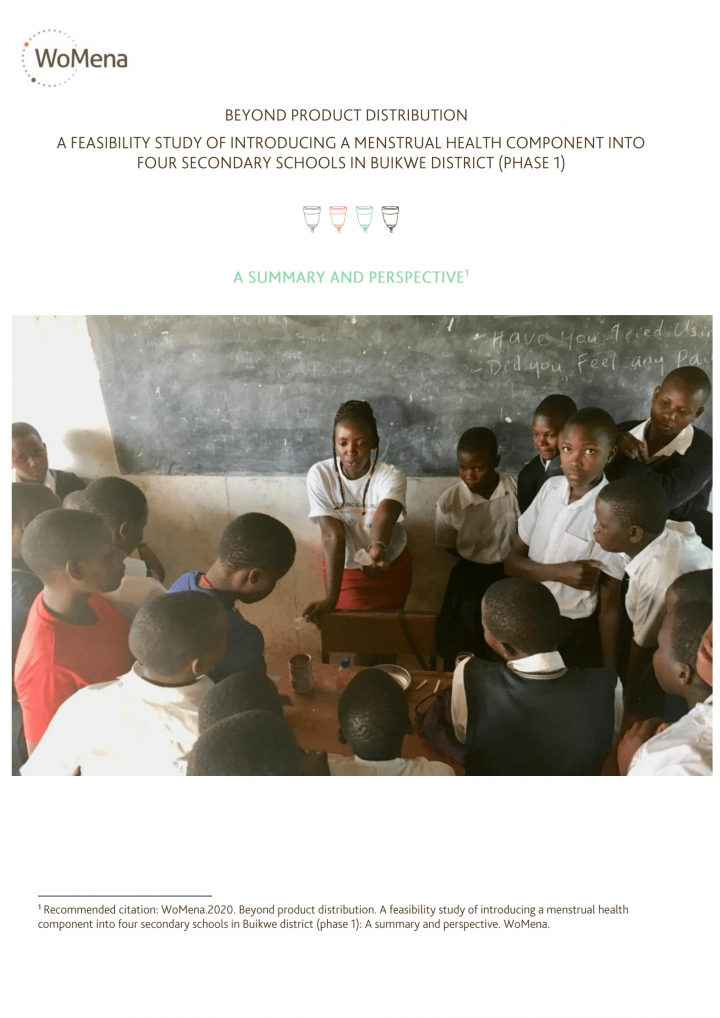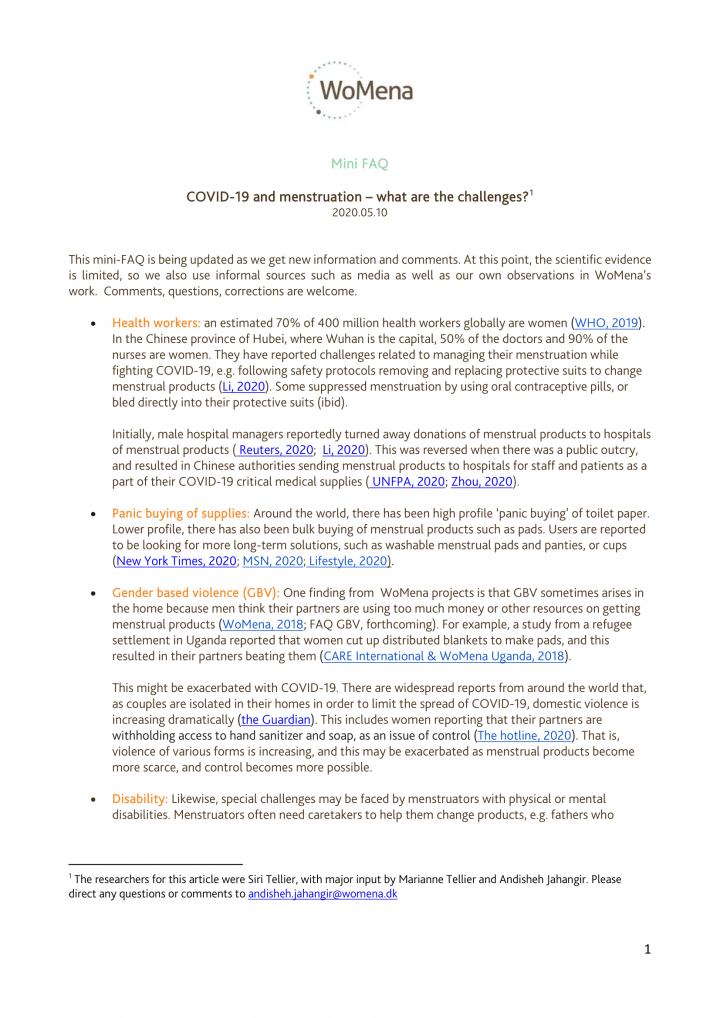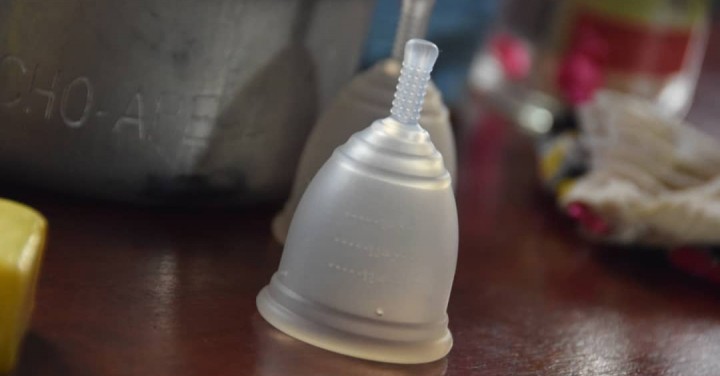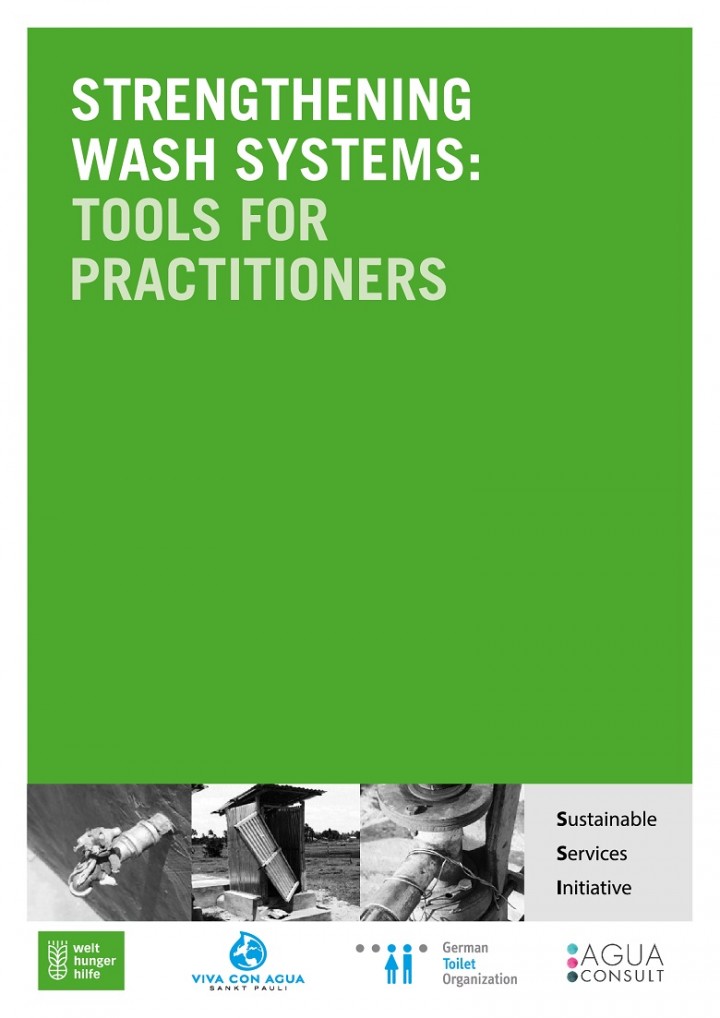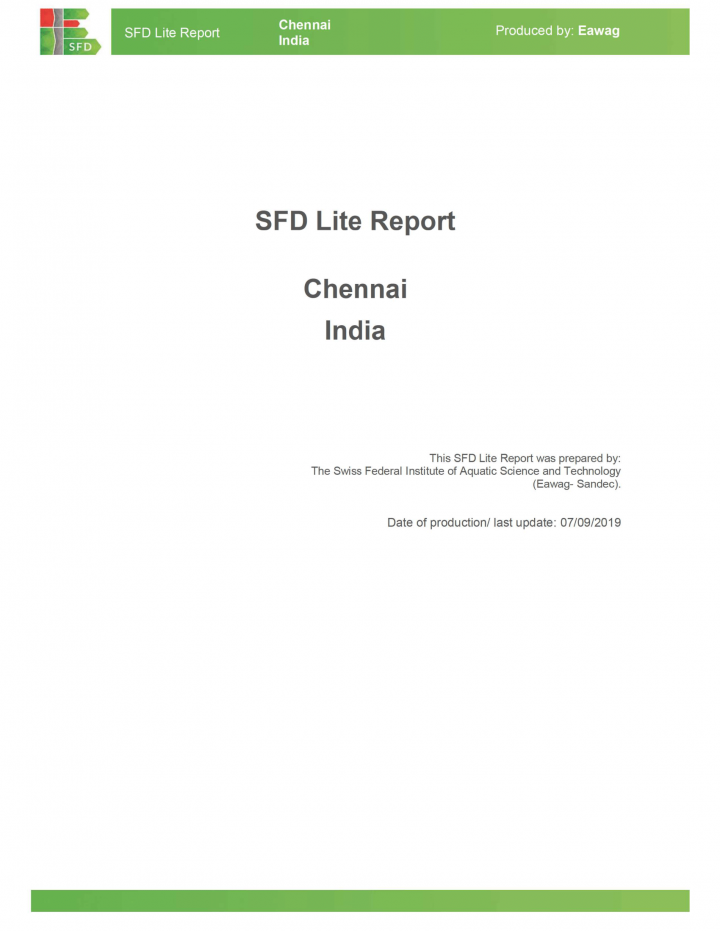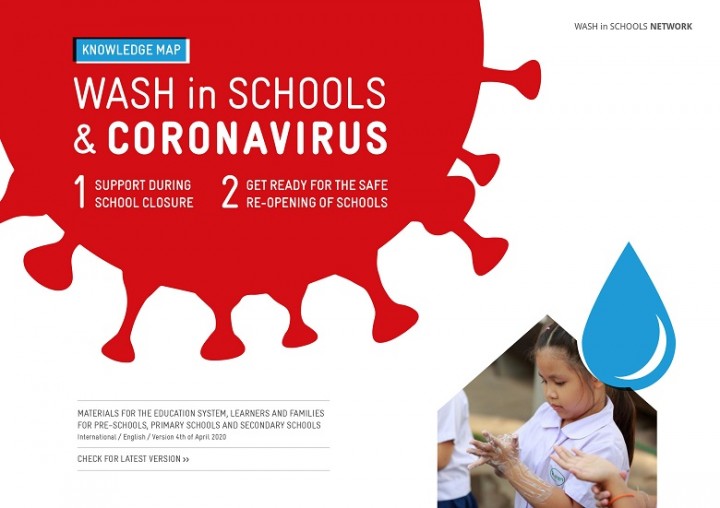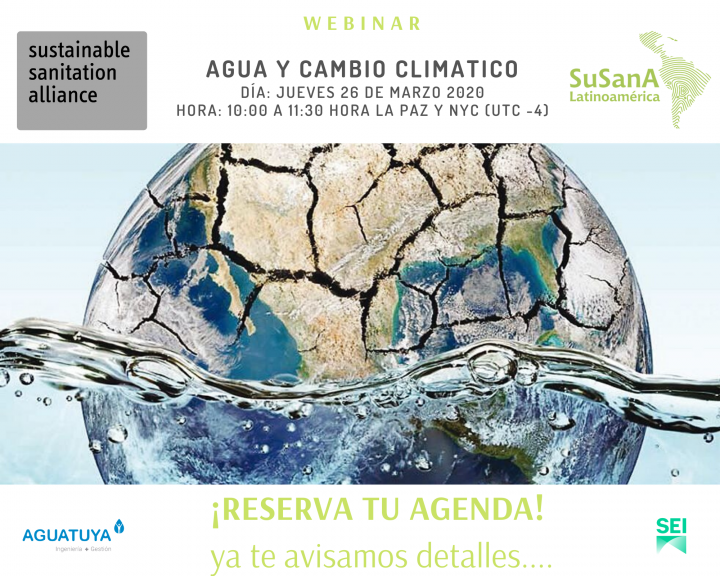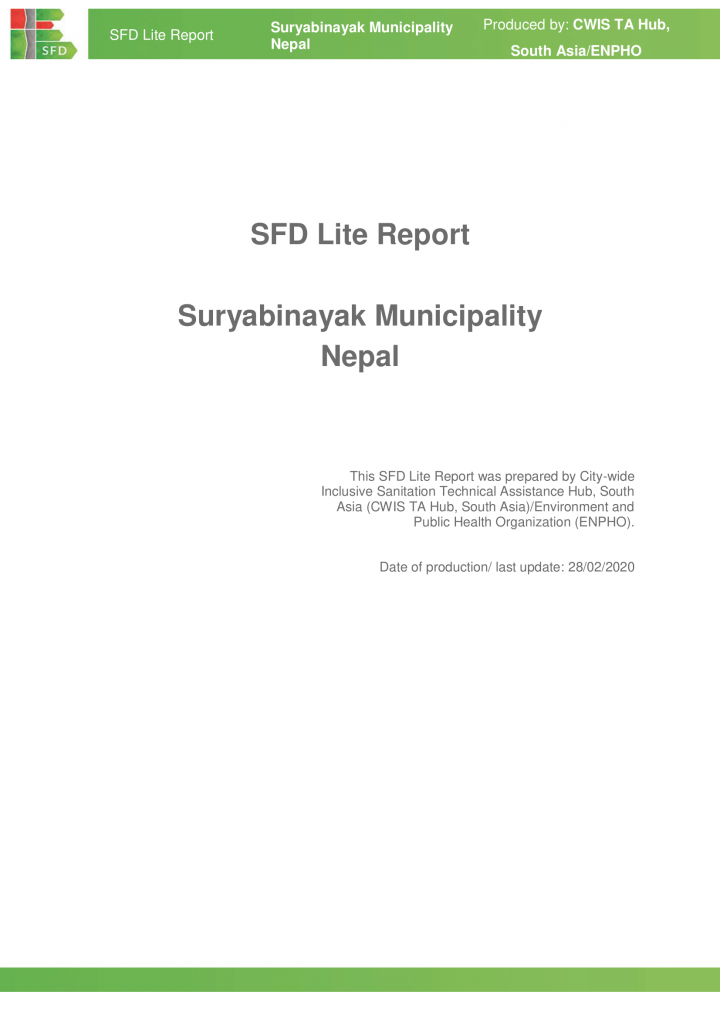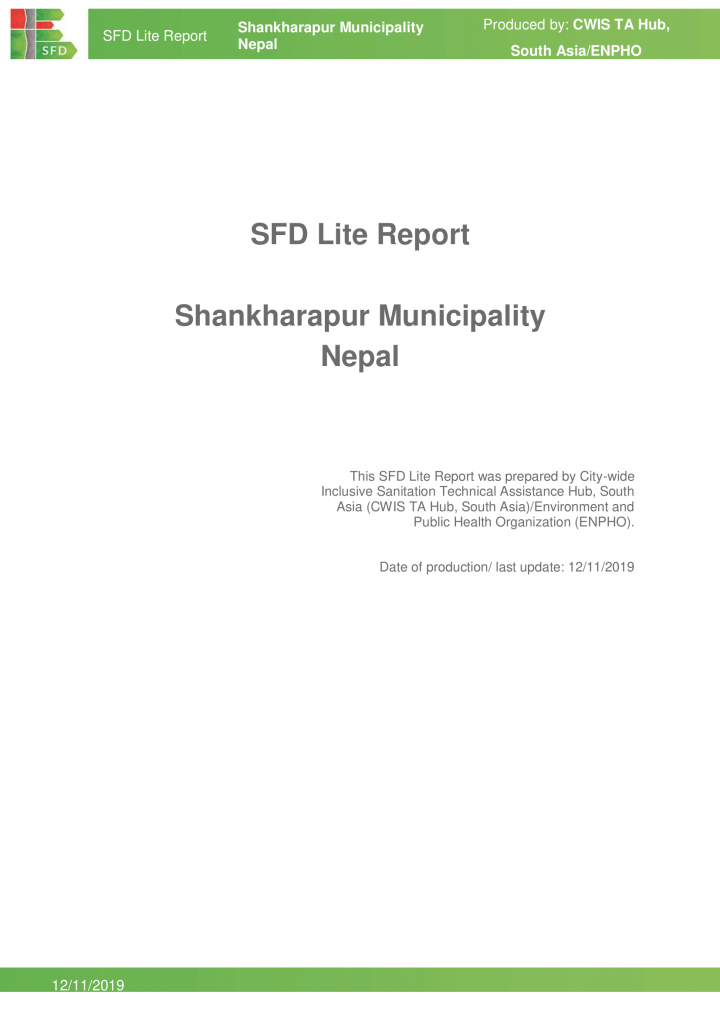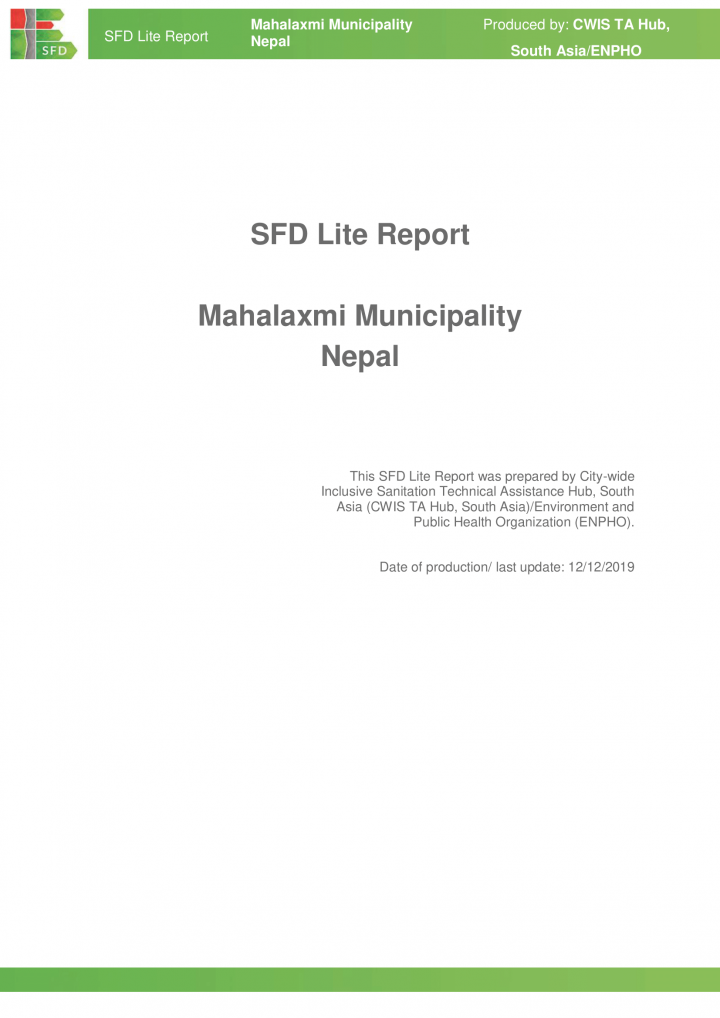Elledge, M., Anju, T., Parker, A. (2020) A Gender Lens into Sanitation Technology Innovation
Abstract Innovators in the water and sanitation sector are focused on closing the sanitation gap in developing countries through innovation in technologies that enable waste treatment onsite. To ensure universal access, these technologies need to meet the practices and preferences of different genders. This paper uses an online survey and follow-up telephone interviews with technology developers and examined the different technology development processes through a gender […]
Coultas, M. and Iyer, R. with Myers, J. (2020) Handwashing Compendium for Low Resource Settings: A Living Document
Frequent and proper handwashing with soap is vital to prevent the spread of COVID-19. In response, we have developed this Handwashing Compendium for Low Resource Settings. Bringing existing information from different organisations into one place, the compendium provides guidance, local examples of and further resources on accessible low-cost handwashing facilities, environmental cues and physically distanced hygiene promotion. The compendium is a living document which will be updated […]
GIZ (2020) Webinar - Where Faith Speaks: WASH in Religious Institutions
In this webinar development practitioners and religious actors shared their experiences in collaborating to jointly achieve the fulfillment of SDG 6.2. . The speakers showcased best practices and innovative approaches and elaborate their view on the importance of religious actors on achieving universal access to water, sanitation and hygiene. Unfortunately there were technical difficulties towards the end of the webinar - the recordings of the missing […]
NIUA (2020) COVID 19 and Safe Sanitation Practices for Urban Context
This Resource Book is a compilation of important Govt of India Advisories and other Knowledge Resources relating to Urban Sanitation and COVID. National Institute of Urban Affairs (NIUA) along with the National Faecal Sludge and Septage Management (NFSSM) Alliance Partners, has taken up this initiative of creating a repository of important government advisories and practitioners’ guidance material for Urban Local Bodies (ULBs), state governments, elected […]
WoMena & WoMena Uganda (2020) Beyond Distribution: A Feasibility Study of Introducing a Menstrual Health Component into Four Secondary Schools in Buikwe Districkt, Uganda (Phase 1)
EXECUTIVE SUMMARY In Sub-Saharan Africa (SSA), menstrual health is often considered a taboo and many girls and women lack access to safe and appropriate menstrual health management (MHM) products. This can have far-reaching implications for women and girls’ physical, social and mental wellbeing, as well as for their sexual reproductive health and rights. These MHM issues are often further exacerbated by insufficient access to safe and […]
WoMena (2020) WoMena FAQ: COVID-19 and Menstruation – what are the challenges?
This mini-FAQ is being updated as we get new information and comments. At this point, the scientific evidence is limited, so we also use informal sources such as media as well as our own observations in WoMena’s work. Comments, questions, corrections are welcome. WoMena’s contribution: WoMena works in a wide range of contexts in Uganda, including refugee settlements. In the COVID-19 crisis, we find […]
WoMena (2020) Menstrual Cup Short FAQs and Answers
WoMena receives many questions from the women and girls we reach out to, from our trainers and our partners. Therefore, the team collect a series of questions and answers regarding topics like Menstrual Cups functionality, maintenance, health & safety, economy, and other concerns. WoMena periodically update the questions and answers.
Biomass Controls PBC (2020) Biogenic Refinery R&D - A collection of publications on different aspects of a pyrolysis unit for treatment of faecal sludge
# Context The list of publications in this entry are outputs of two BMGF funded projects with our collaborators Tide Technocrats in India (OPP1188987) and Duke Center for WaSH-AID (OPP1173370). # FSM5 Conference; Cape Town, South Africa, 2019 Presentation: Demonstrating Pathogen-Free Thermal Treatment Solutions Towards ISO/PC 318 Energy Neutrality Requirements Presentation: Development of Tools for Efficient Remote Monitoring of Faecal Sludge Treatment Units Poster: Combined Heat and Power with Micro […]
WHH, Aguaconsult, German Toilet Organization (2020) Strengthening WASH Systems: Tools for Practitioners
The Sustainable Development Goals set ambitious water, sanitation, and hygiene (WASH) targets. Persistent failure to sustain services has plagued the WASH sector for decades, and there is an ever-growing recognition that for services to be sustainable and operate at scale, the wider WASH 'system' needs to be sufficiently robust to enable, support and sustain such services. This requires a progressive shift in development partners and […]
Eawag (2019) SFD Lite Report - Chennai, India
Chennai, the capital of state of Tamil Nadu is located on a flat coastal plain known as the Eastern Coastal Plains. It is the fourth largest metropolitan city in India. The estimated present population of the city is 7.1 million. Overall, the SFD Graphic depicts that 62% of excreta is safely managed while 38% is discharged untreated to the environment. The wastewater system for the […]
Moore, C., Evbuoma, E., Ariza, C., Pizzacalla, K., Monse, B. (2019) Handwashing Behavior Change Think Tank - Report & Presentations
The Global Handwashing Partnership Think Tank series brings together hygiene experts from civil society, government, research institutions, and the private sector to drive learning and action in handwashing behavior change. The 2018 Think Tank was hosted in Manila, Philippines, from October 10 – 12. The presentations can be found in the annex of the report.
Gerlach, E., Mallaghan, A., Mbalo, D., Büürma, M., Surridge, T. (2020) Towards inclusive, green city sanitation for Lusaka – achievements and way forward
From December 2016, the German-funded project ClimateFriendly Sanitation Services in Peri-Urban Areas of Lusaka (CFS-Lusaka) implemented by GIZ on behalf of the German Federal Ministry for Economic Cooperation and Development (BMZ) supported stakeholders to strengthen on-site sanitation (OSS) and safe faecal sludge management (FSM) in the fast-growing Zambian capital within the context of the multi-donor Lusaka Sanitation Programme (LSP). Poor sanitation practices had been identified […]
WASH in Schools Network (2020) Knowledge Map: WASH in Schools and Coronavirus
The WASH in Schools Network (UNICEF, GIZ, Save the Children, WATERAID; Emory, LSHTM, among others) has compiled this knowledge map with links to relevant materials about COVID-19 for learners, their families and the education system. The map is intended for the time when schools are closed and in preparation for re-opening of schools. We want to help you navigate through the jungle of information about […]
SuSanA Latinoamérica (2020) Webinar SuSanA Latinoamérica - Agua y cambio climático (in Spanish) - Water and climate change
Webinar sobre diferentes acciones y experiencias que se aplican en la gestión del agua con medidas de prevención, adaptación y mitigación al cambio climático realizado por SuSanA Latinoamérica. Con la moderación de Lourdes Valenzuela, coordinadora regional de SuSanA Latinoamérica y presentaciones de Bianca Corona, asesora técnica de GIZ en México, Gustavo Collere, gerente de investigación e innovación de SANEPAR, compañía de saneamiento de Paraná en […]
Sphere (2020) COVID-19 guidance based on humanitarian standards
Sphere and its partner standards can guide our response. In situations of insecurity with the danger of misinformation and stigmatisation, it is important to understand and apply the most important and basic principles and actions to help limit the spread of the virus. There are tools from the humanitarian sector that can directly support your COVID-19 response. The sector has been gathering important knowledge and […]
Simwambi, A., Roig Senge, L., Kapembwa, A. (2020) Three-cities OSS & FSM knowledge exchange – Lusaka, Kampala and Dar Es Salaam (Case study)
The Three Cities On-Site Sanitation (OSS) and Faecal Sludge Management (FSM) Knowledge Exchange (KEx) Case study provides detailed highlights of the capacity development initiative that was undertaken in three sub-Saharan African cities; Kampala (Uganda), Dar Es Salaam (Tanzania) andLusaka (Zambia). The KEx initiative was aimed at enabling keystakeholders from the three cities municipalities/ local authorities, commercial water and sanitation utilities and regulators to be able […]
CWIS TA Hub & ENPHO (2020) SFD Lite Report - Suryabinayak Municipality, Nepal
Suryabinayak Municipality is located in Bhaktapur District in Province No. 3 of Nepal. It consists of 10 wards with the total population of 113,471 people residing in 19,179 households. The majority (74%) of the households are dependent on piped water facility, 8% of the households rely on spring water and the remaining 18% are dependent on their own sources such as tap water (bore water) […]
Cavicchi, J., Davis, E., Gaynor, C., Kennedy, B., Lally, C., Nace, K., Noe-Hays, A. (2020) Village Sanitation Pilot Study: Uniting Land Use Planning, Community Development, and Eco-Sanitation in Southeastern Vermont
This study was the first to comprehensively assess the possibility of eco-sanitation options to help address village wastewater challenges in Vermont. In each village, site visits were conducted with participants to gauge the feasibility of a variety of composting and urine-diverting toilet systems. Of the options considered, a urine diverting flush toilet was identified as one of the more feasible options for retrofitting existing buildings. […]
CWIS TA Hub & ENPHO (2019) SFD Lite Report - Shankharapur Municipality, Nepal
Shankharapur Municipality is located in Kathmandu District in Province No. 3 of Nepal. It consists of 13 wards with the total population of 27,202 people residing in 5,607 households. The main sources of drinking water in Shankharapur Municipality are public taps, household bores and wells. Majority of the population are dependent on the public water supply (75%) and remaining 25% of the households are dependent […]
CWIS TA Hub & ENPHO (2019) SFD Lite Report - Mahalaxmi Municipality, Nepal
Mahalaxmi Municipality is one of the historic municipalities of Lalitpur district located in province no.3 of Nepal. The municipality consists of 10 wards with the total population of 112,157 people residing in 70,256 households. The main sources of drinking water in Mahalaxmi Municipality are public taps, household bores and wells. 23% of the population are dependent on sewer system. The most common containment technology in […]


